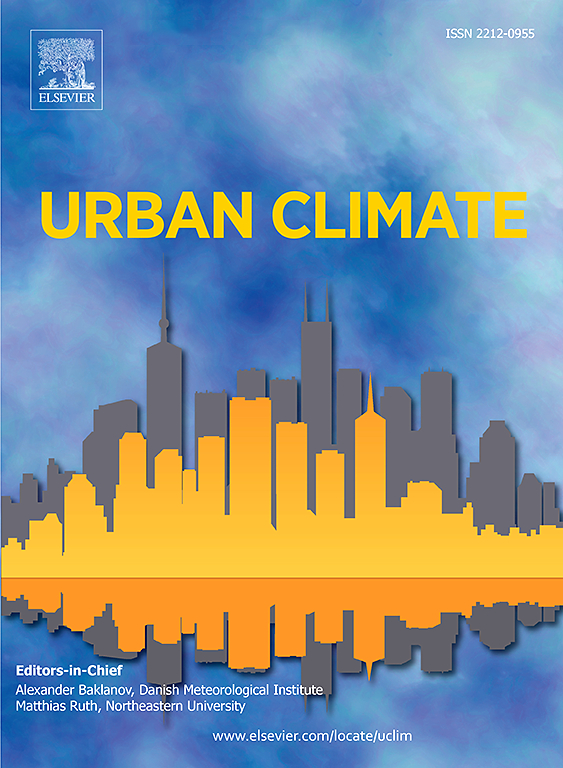Assessing microclimate and solar potential in courtyard morphologies: A comparative study of European urban blocks
IF 6.9
2区 工程技术
Q1 ENVIRONMENTAL SCIENCES
引用次数: 0
Abstract
Urbanization perpetually reshapes cities including their urban morphology to adapt to the environmental changes. In Europe, there is a growing emphasis on sustainable architecture and urban planning with low energy consumption and less carbon emissions. Urban morphology and its parameters highly influence the energy consumption of buildings, but there is a study gap in understanding the interplay between them. Many European countries have implemented guidelines and regulations to promote sustainable building designs, however, urban morphology's role in sustainability is emerging, with much to explore.
This research explores the impact of different urban morphologies of existing residential buildings on their courtyards' solar potential and thermal comfort, in four European climatic contexts, as well as the differences that landscape materials make on UTCI values of these courtyards. Three different morphologies are analyzed through simulations in an urban scale. The results highlight that grassy lawn and concrete pavement make great difference of UTCI, in the oceanic climate with a maximum difference of 12.7 °C, followed by the humid subtropical climate with 11.9 °C, while the smallest difference is 5.7 °C in the humid continental climate. The findings will establish recommendations on energy optimization principles for architects and urban planners in urban design scenarios.

评估庭院形态中的小气候和太阳能潜力:欧洲城市街区的比较研究
城市化不断重塑城市,包括城市形态,以适应环境的变化。在欧洲,人们越来越重视低能耗、低碳排放的可持续建筑和城市规划。城市形态及其参数对建筑能耗的影响很大,但对二者之间的相互作用的认识还存在一定的研究空白。许多欧洲国家已经实施了指导方针和法规来促进可持续建筑设计,然而,城市形态在可持续发展中的作用正在显现,还有很多需要探索的地方。本研究探讨了在四种欧洲气候背景下,现有住宅建筑的不同城市形态对其庭院的太阳能潜力和热舒适性的影响,以及景观材料对这些庭院的UTCI值的影响。通过城市尺度的模拟分析了三种不同的形态。结果表明,草皮草坪和混凝土路面对UTCI的影响较大,海洋性气候差异最大,为12.7°C,其次是湿润的亚热带气候,差异为11.9°C,湿润大陆性气候差异最小,为5.7°C。研究结果将为建筑师和城市规划者在城市设计方案中建立关于能源优化原则的建议。
本文章由计算机程序翻译,如有差异,请以英文原文为准。
求助全文
约1分钟内获得全文
求助全文
来源期刊

Urban Climate
Social Sciences-Urban Studies
CiteScore
9.70
自引率
9.40%
发文量
286
期刊介绍:
Urban Climate serves the scientific and decision making communities with the publication of research on theory, science and applications relevant to understanding urban climatic conditions and change in relation to their geography and to demographic, socioeconomic, institutional, technological and environmental dynamics and global change. Targeted towards both disciplinary and interdisciplinary audiences, this journal publishes original research papers, comprehensive review articles, book reviews, and short communications on topics including, but not limited to, the following:
Urban meteorology and climate[...]
Urban environmental pollution[...]
Adaptation to global change[...]
Urban economic and social issues[...]
Research Approaches[...]
 求助内容:
求助内容: 应助结果提醒方式:
应助结果提醒方式:


